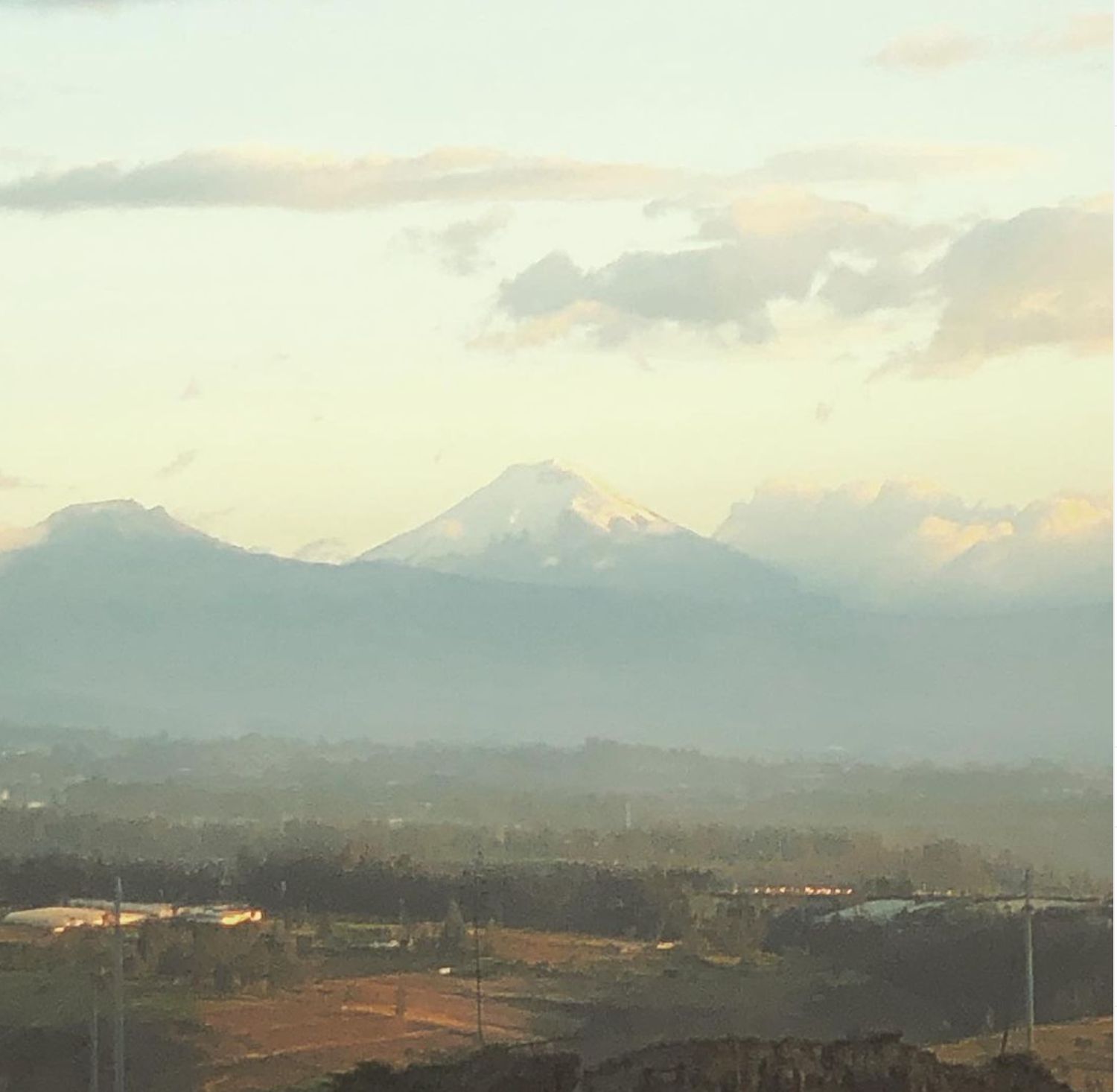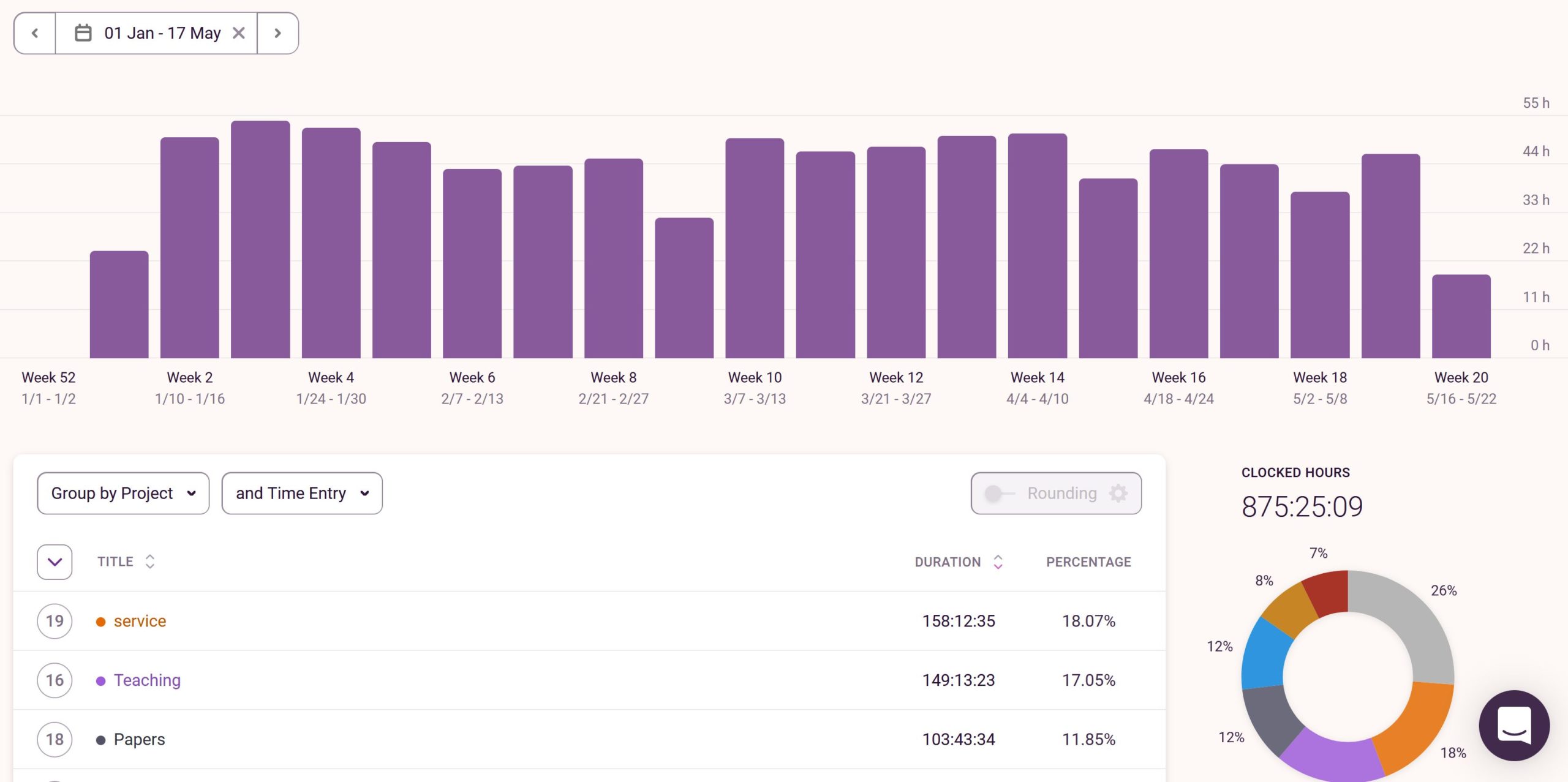
How to expand the geographic reach of your network
Building an international academic network is a journey that requires intention and time. It’s a process that involves reaching beyond your local circles, seizing opportunities to connect, and sometimes even learning new skills, such as languages, to bridge cultural gaps.
As academics, our networks can define the scope of our collaborations, access to resources, and the impact of our work.
When I began my academic journey, my network was primarily based in Europe. Studying in the USA allowed me to broaden my connections as I kept in touch with my professors and got involved later on in technical committees in my field in American associations. In Delft, I used these relationships to enhance my research group’s global reach. Moving to Latin America presented new challenges, such as adapting to a different culture and learning Spanish, but it also gave me new opportunities to build partnerships across the region and connect our group in Delft to the Americas as a whole. While I’ve made progress, establishing a network in Ecuador itself has been slower, reminding me that networking is a continuous process.
In this post, I’ll share some strategies I’ve used to expand the geographic reach of my network and invite you to think about actionable steps you can take today.
- Attend international conferences: Conferences are one of the best places to grow your academic network. Try to attend at least one international conference in your field per year. Prepare in advance by identifying attendees you’d like to meet and setting up informal coffee chats or joining social events. I’ve found that these casual conversations often lead to lasting collaborations. The key is to follow up—don’t let those new connections fade after the conference ends. I usually make a list in advance of the conference of people to talk to, and then take notes of action items for afterwards when I get back home after the conference, so that I make sure to follow up on ideas that came up.
- Collaborate through technical committees: Getting involved in international technical committees is a way to meet researchers and stay updated on the latest developments in your field. When I studied in the USA, I joined ACI, which later resulted in my participation in technical committees that aligned with my research activites. These engagements allowed me to work with experts from different institutions and expand the reach of my network . These relationships have also helped me connect our research group in Delft with new collaborators.
- Co-supervise students: Collaborating on student supervision can open doors to new institutions and researchers. Supervising or co-supervising students from other regions helps you connect not only with the students themselves but also with their academic networks. I’ve been involved with graduate students in various countries, and also have hosted secondments, research stays and virtual internships. This approach played an important role in building my network in Latin America. Through these collaborations, I developed new relationships and managed to slowly establish my position in the region.
- Plan targeted visits: Visiting other universities and getting to know their faculty and laboratories is a great way to get a better idea of their research and directions. In recent years, I’ve tried to combine conferences with campus visits to other universities, and set aside time to discuss how to establish collaborations.
- Learn a new language: One of the challenges of expanding your network into new regions can be language barriers. Investing time in learning the local language can show your commitment to collaboration . For me, learning Spanish was crucial for establishing a network in Latin America (and now I’m attempting to learn Portuguese to be able to collaborate more with colleagues in Brazil). While I’m still developing my network in Ecuador (I don’t know why it has been so difficult to embed myself professionally in the country), speaking the language has allowed me to connect with colleagues in the region.
- Don’t hesitate to reach out: Sometimes, a simple email can lead to opportunities. If there’s a researcher whose work inspires you, write to them. Introduce yourself, mention your shared interests, and propose a conversation by Zoom. A number of my collaborations started by getting an email from a researcher who had read some of my work. I’ve heard afterwards they really hesitated to write me, but I’m essentially always happy when someone is interested in my work.
- Use social media wisely: Social media platforms like LinkedIn can help you stay connected with researchers around the globe. Share your work, engage in discussions, and participate in online communities relevant to your field. While digital connections may not replace in-person interactions, they provide an easy way to maintain relationships between conferences or visits. The social media landscape is changing quickly though: Twitter and Facebook are dead, and it is difficult to predict where the future will take us.
Expanding your geographic network doesn’t have to be daunting. Start small: identify a conference you’d like to attend, or email a potential collaborator. Each step builds on the next, and over time, you’ll find that your network grows organically.
What will your first step be? Reflect on the strategies shared here and choose one action you can take today to bring your academic network to the next level.



